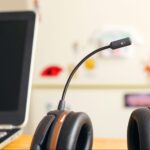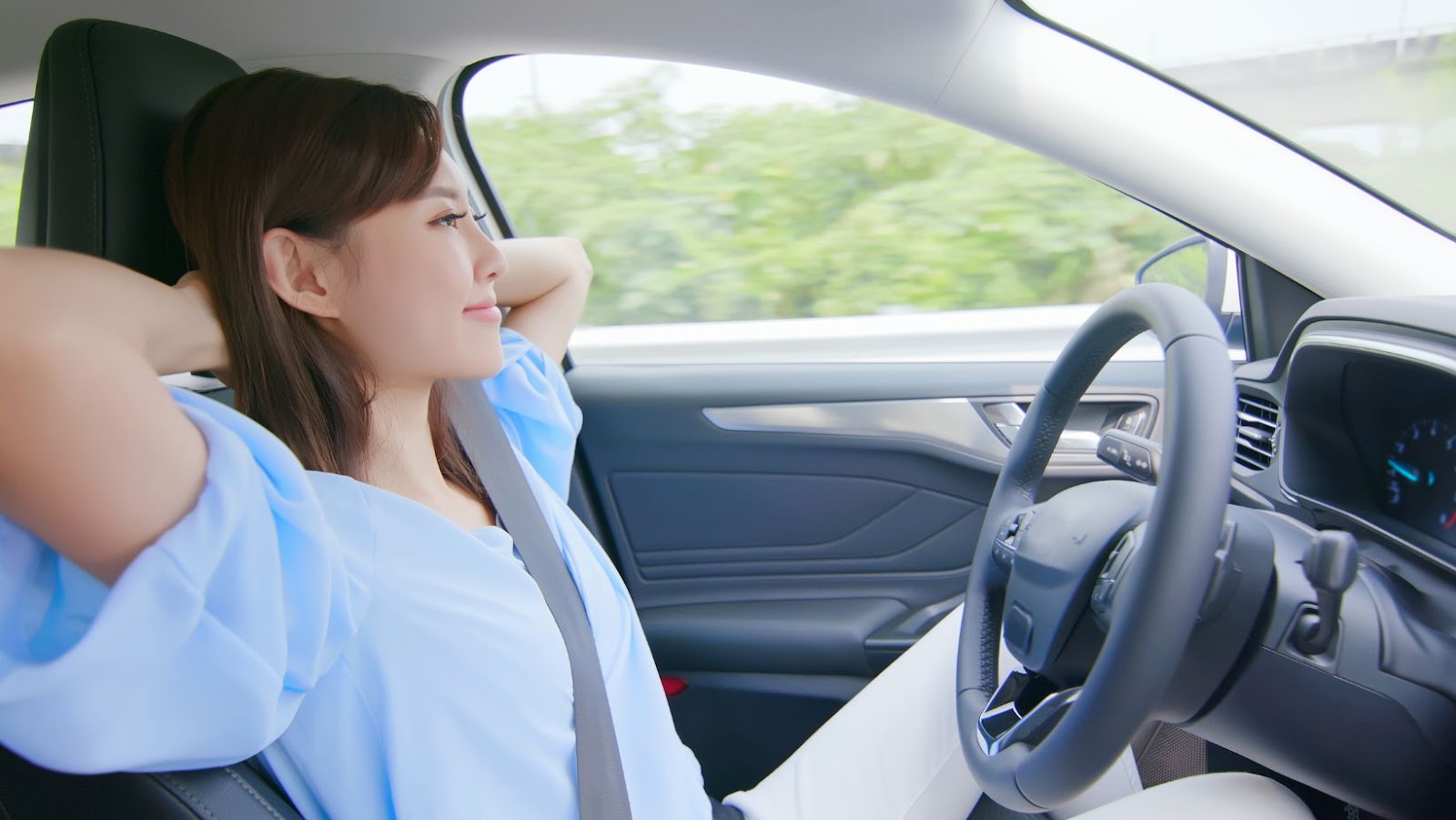
Automated driving, or self-driving cars, are becoming increasingly accepted today. One of the more popular forms of automated driving technology is Tesla’s ‘Full Self-Driving Beta’. This technology is designed to help vehicles take over more of the driving from the person behind the wheel, offering a range of benefits to those who use it. However, this technology also has certain risks that must be addressed before being used safely. In this article we will look at some of these risks and explore how they can be mitigated.
The primary risk associated with using ‘Full Self-Driving Beta’ is one of safety. Automated vehicles can still not react as quickly or accurately as human drivers, potentially putting other drivers at risk if not used correctly and within appropriate safety parameters. Human error can also lead to issues such as incorrect operation or vehicle misuse, leading to accidents occurring without warning. Additionally, while automated systems may function correctly in some conditions they may not operate correctly in other situations due to incorrect sensing or data input which could again lead to issues on the road.
NHTSA Recalls Every Tesla Equipped With ‘Full Self-Driving Beta’ Over Crash Risks
‘Full self-driving beta’ has been a widely talked about yet controversial feature of Tesla’s cars. However, this feature has been praised for its capabilities in allowing drivers to take hands-free trips without actively driving the vehicle.
However, the National Highway Traffic Safety Administration (NHTSA) has recently recalled every Tesla equipped with ‘Full Self-Driving Beta’ over crash risks.
In this article, we will discuss the overview of ‘Full Self-Driving Beta’ and its potential risks.
What is ‘Full Self-Driving Beta’?
‘Full Self-Driving Beta’ is an advanced driver assistance system that allows a car to partially automate the driving process. Using a combination of data, sensors and cameras, the system uses software to make decisions about steering, accelerating, braking and other driving-related factors.
The system uses computer vision and artificial neural networks to recognize objects in the environment, such as pedestrians, other vehicles, traffic signals and signs. It then learns how to drive while considering all of this information. For example, it can be programmed to automatically slow down at intersections or perform emergency stops when needed.
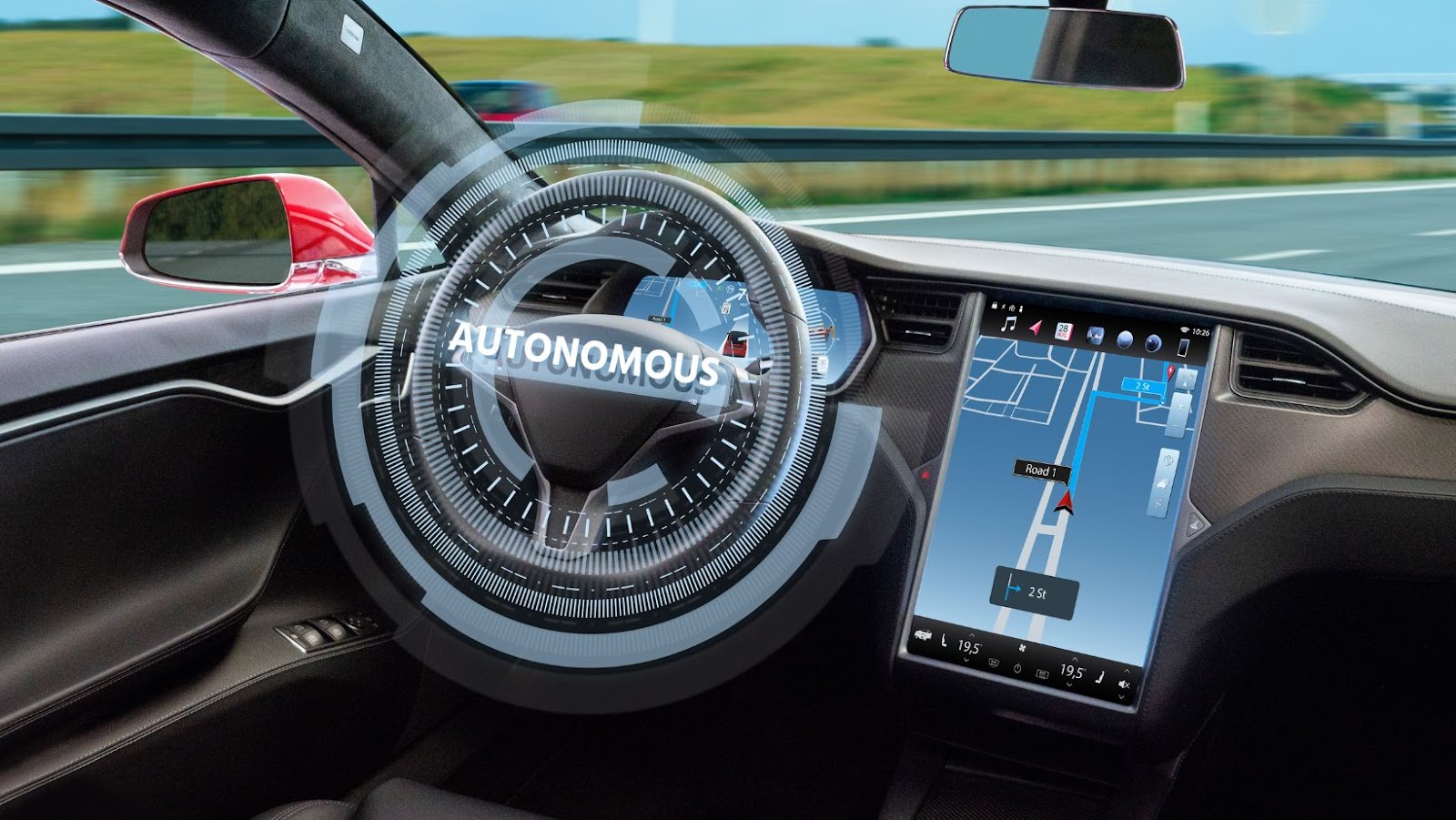
While ‘Full Self-Driving Beta’ is not fully autonomous yet (it requires direction from a human driver) it could potentially revolutionize the auto industry by eliminating most or all of the need for human drivers in the future. However, before this technology can be widely deployed, some risks are still associated with using it. Some of these risks include: data privacy concerns; incorrect decision making that could lead to accidents; problems related to sharing roads with human drivers; and potential issues relating to liability in case of an accident. For these reasons, companies developing self-driving systems must take proper safety precautions when testing them on public roads.
How does it work?
The ‘Full Self-Driving Beta’ feature from Tesla Motors is an enhanced Autopilot version that provides customers with advanced self-driving features. These features allow the user’s car to autonomously maneuver in traffic, recognize and respond to stop-and-go situations, read street signs, take appropriate action if needed, and park in the appropriate parking spot.
Tesla uses its proprietary Autopilot Vehicle Sensing Suite, which includes an array of cameras, radar and ultrasonic sensors. The suite allows the vehicle to read its environment and adjust accordingly. For example, it can detect obstacles, identify lane markings and traffic lights, track other vehicles on the road, determine available routes without human intervention, locate parking spaces and complete a parallel or reverse parking procedure with minimal risk of collision.
The Full Self-Driving Beta feature activates after drivers select it either manually or through their phones — allowing Tesla users to use the system while driving on highways or in less busy areas where continuous engagement with driving is not required (e.g., stop-and-go traffic). This feature engages and assists drivers in more complex environments such as suburban streets or curvy roads.
Despite this impressive level of autonomy technology being offered by Tesla Motors Inc., it is important to note that ‘Full Self Driving Beta’ still requires active driver supervision — meaning that drivers are expected to keep their hands on the wheel at all times regardless of whether Autopilot is engaged at any given moment. Additionally, Tesla recommends that this feature only be used in conditions where maximum safety can be achieved (e.g., no school zones) and not used during poor weather conditions or near areas where children are present (e.g., parks). It should also not be used on any highway without multiple lane markings that can indicate what lane/direction your vehicle is traveling on/in at all times; failure to heed these warnings may result in crashes due to system errors for which you may be held liable for any resulting damages caused by such errors.
Risks associated with ‘Full Self-Driving Beta’
The National Highway Traffic Safety Administration (NHTSA) has recently recalled every Tesla vehicle with the ‘Full Self-Driving Beta’ feature due to potential crash risks associated with its use.
While this recall is a reminder of the potential risks associated with autonomous driving technology, it’s also important to understand the potential risks and how they can be avoided.
This article will explore the various risks associated with ‘Full Self-Driving Beta’.
Accidents caused by ‘Full Self-Driving Beta’
One of the main risks associated with using Tesla’s ‘Full Self-Driving Beta’ (FSDB) is the potential for accidents caused by the system. It is important to understand that FSDB is still in its early stages and may not always make correct decisions; leading in some cases to collisions. Although many of these collisions occur due to human error, it is important to weigh the pros and cons when considering the usage of this technology.
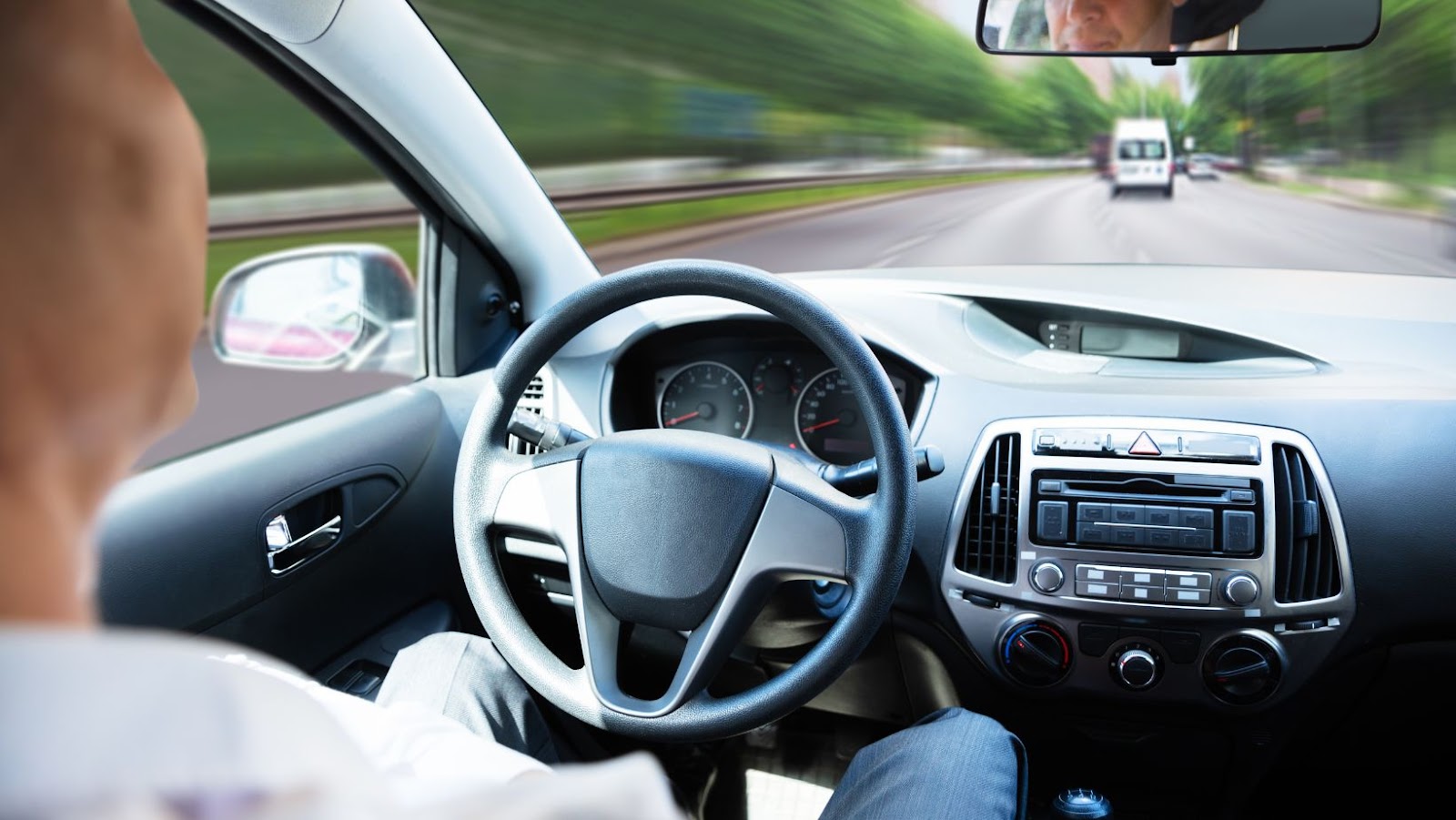
Users should be aware that when in autonomous mode, FSDB requires drivers to remain vigilant with their hands on the wheel at all times, required to take over control at any moment if necessary. In addition, when drivers are behind the wheel, they assume responsibility for any hazards or accidents that could occur while driving on public roads.
In addition, users must also recognize potential dangers arising from malfunctioning software and hardware in FSDB vehicles which may result in unexpected behavior or crashes with possibly serious consequences including death or injury. Drivers should be familiar with how their car behaves when operating autonomously under different circumstances by taking courses and educating themselves on how this technology works correctly. These potential issues include safety concerns as older scanners might not detect structural obstacles correctly, leading to collisions if ignored. Since these systems aren’t intelligent enough to predict what may happen next, users should always remain vigilant and retain override capability at all times when driving a Tesla equipped with Full Self Driving Beta capabilities and responsibly adhere to instructions given by their vehicle’s computers and warning lights during operation to avoid mishaps upon relying exclusively upon the system.
Potential software issues
With any software, there is a potential for bugs and other issues that could raise concerns over its reliability in real-world usage. With the Autopilot Beta feature, as with all software, Tesla has taken great pains to address potential pitfalls by arduously testing the system via simulations and using safety protocols. However, it is still important for consumers to understand that there could be issues particularly when relying upon the Autopilot feature.
Software can be behind most malfunctions witnessed with the Autopilot Beta feature including false accelerator inputs or misinterpreted braking requests. A few of risks associated with software failure include:
– Overriding of autopilot commands – If the system fails to interpret incoming speed data it could override driver’s inputs when bringing a car to a safe stop or slowing down unexpectedly – Delayed response times – Software can also slow reaction time if it overcycles data streams resulting in delayed brake feedback or acceleration. – Misinterpretation of lane markings – Lane markings may be misinterpreted and lead Autopilot to make wrong decisions about vehicles ahead, indicating a need for sudden changes such as emergency lane divergence. – Blind spot detection technology failures – Technological changes such as those incorporated into blind spot detection systems may cause unexpected reactions from the car leading to sudden maneuvers or incorrect auto-piloting decisions.
Ultimately, while Autopilot Beta offers some unprecedented advancements in self driving technology and is tested rigorously as per industry standards, users must be aware of potential pitfalls that could be caused by possible software glitches and remember their responsibility in controlling the vehicle at all times.
Lack of consumer awareness
The development of autonomous vehicle technology has brought with it a wide range of potential dangers, from the risks posed by poorly maintained machines to the risk of unforeseen drivers’ errors leading to dangerous situations. ‘Full Self-Driving Beta’ is widely considered to be one of the most advanced forms of driverless vehicle technology currently available, however, there are several potential risks that consumers must be aware of when considering its use.
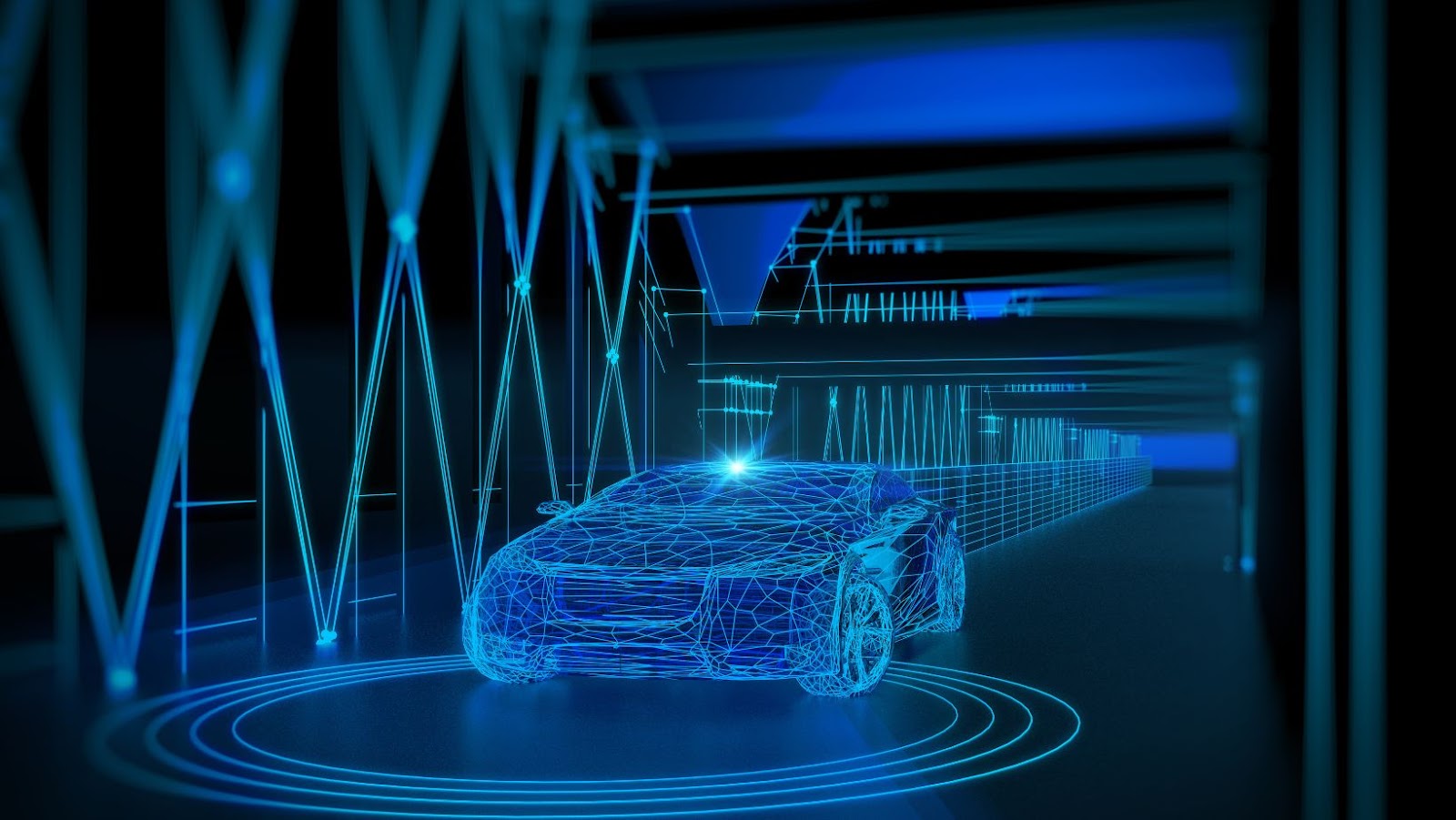
Firstly, consumers should remember that even though ‘Full Self Driving Beta’ is often marketed as capable of offering fully autonomous driving, this is still very much in its early stages and many issues arise while using it. Consumers should also be aware that for this technology to work properly it will require significant positioning accuracy, meaning that weak GPS signals can cause significant disruption. Additionally, while more testing and development still needs to be conducted on ‘Full Self Driving Beta’, consumers should understand that there may be situations where a human intervention may not be detected by the self-driving car system potentially leading to dangerous consequences.
In addition, as with all emerging technical systems, the architecture and components used for ‘Full Self Driving Beta’ will inherently feature some level of vulnerability through data breaches or malicious attacks which could cripple its ability to function correctly and lead to possible conflicts on the roads. Therefore if used incorrectly or carelessly, drivers may face severe consequences from making their vehicles less safe than before such as unexpected increases in speed resulting in accidents or crashes and reduced reaction times due to malfunctioning systems. To mitigate these risks, consumers who wish to use ‘Full Self Driving Beta’ technology must understand both these potential risks and its limitations so they can ensure their safety when driving on the roadways.
NHTSA Recall
On December 22, 2020, the National Highway Traffic Safety Administration (NHTSA) issued a recall for every Tesla model equipped with the “Full Self-Driving Beta” feature due to a potential heightened risk of a crash or fire.
It is important to be aware of the risks associated with using this technology, so let’s dive into the details of what could happen if you use a Tesla with the “Full Self-Driving Beta” feature.
What prompted the recall?
On April 2, 2021, the United States government announced a recall of Tesla’s Full Self-Driving Beta (FSD Beta) feature after five fatal crashes in which it was engaged. The National Highway Traffic Safety Administration (NHTSA) recalled the feature for failing to detect and respond to “visual obstructions” on the road, including stopped vehicles, traffic lights and other objects. This made it possible for the vehicle to become involved in a crash that could have been avoided.
The NHTSA cited a failure of Tesla’s Autopilot system to monitor and respond adequately in these circumstances, resulting in inadequate safeguards that could cause an unreasonable safety risk. They stated that these risks are cumulative due to their potential duration and severity. The agency noted that while Teslas are currently produed with integrated safety systems capable of responding quickly to certain aspects of roadway driving assistance, they do not meet the NHTSA’s performance standards when it comes to detecting and responding quickly to visual obstructions on the road as required by federal law.
What are the consequences of the recall?
On April 27th, 2021, the National Highway Traffic Safety Administration (NHTSA) issued a recall on Tesla Model S and Model X vehicles built before April 2016. The recall is due to reports of cooling fan failures, resulting in smoke and combustion when the vehicles are in use. The NHTSA announced that a software update will fix the issue and that Tesla owners should take their cars to a service center to have the software updated immediately.
This recall’s consequences are serious, including potential property damage, injury or death due to fire or smoke inhalation. Additionally, reports have indicated that driving with ‘Full Self-Driving (FSD)’ Beta on affected vehicles may cause unexpected acceleration or braking without warning, which also presents a substantial risk of serious harm to drivers, passengers and bystanders.
Due to these serious concerns associated with FSD Beta, Tesla has immediately suspended this feature on all recalled vehicles until further notice from the NHTSA. Drivers should no longer drive with FSD Beta until it has been determined that the software update has successfully corrected any issues. If you own an affected vehicle model purchased before April 2016 please immediately contact your local Tesla Service Center for the necessary repair.
Conclusion
In conclusion, the risks associated with using ‘Full Self-Driving Beta’ are important to understand. New technologies are always evolving, and ensuring these changes keep up with safety standards and regulations is important. As such, the risk of an accident can never be completely eliminated when operating these self-driving vehicles. Therefore, if you choose to use ‘Full Self-Driving Beta’, it is essential to know the risks involved to ensure safe driving.

